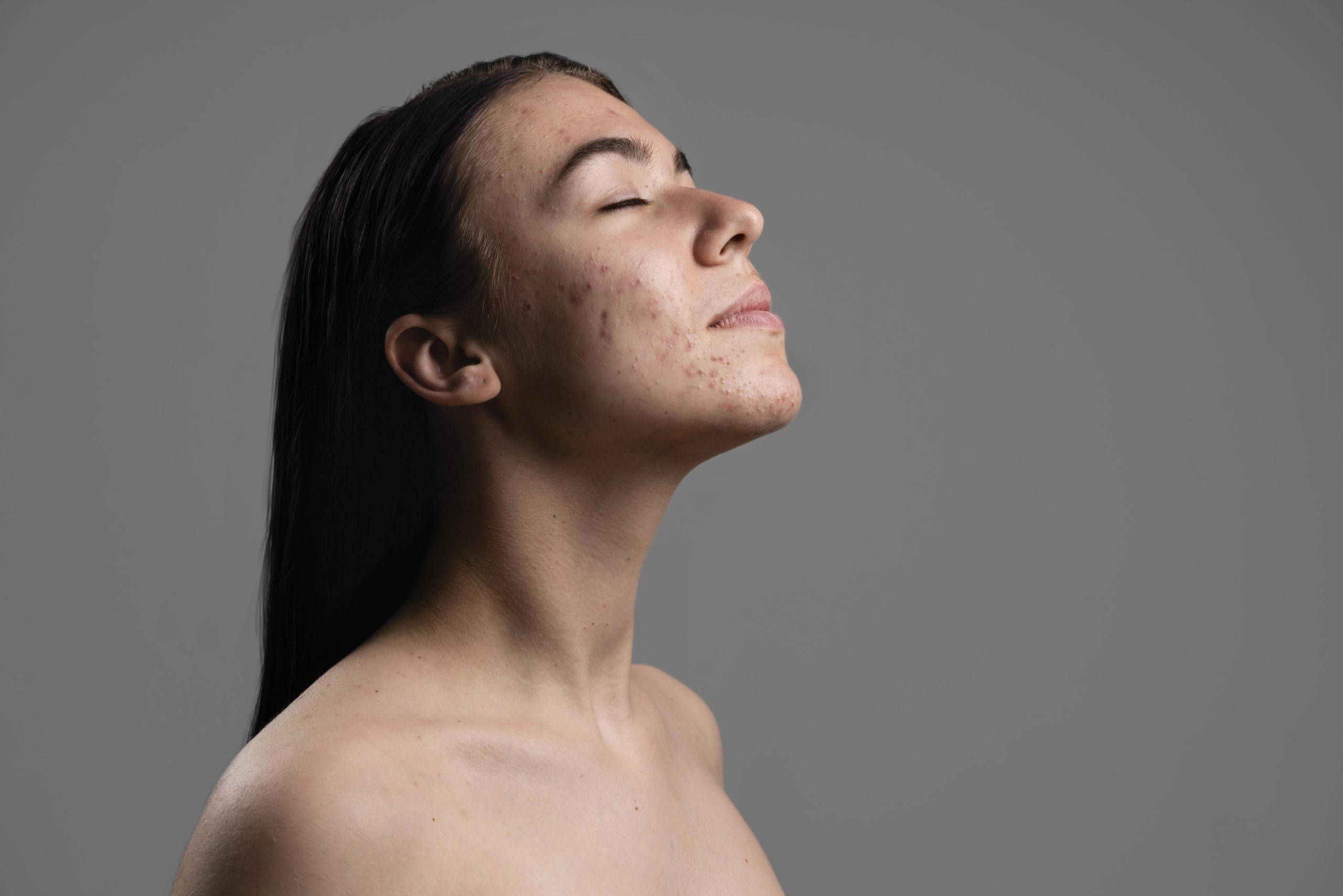
The problem of pigmentation has always been a problem that troubles many beauty lovers, especially freckles, sun spots, chloasma, etc., which not only affect the beauty of the skin, but may also have a negative impact on self-confidence. So, how can we permanently remove pigmentation? This topic has attracted much attention in recent years. In fact, pigmentation removal is not a sin gle method that can be solved. It requires a combination of scientific skin care methods, advanced medical beauty technology, and healthy living habits. From daily sunscreen care to professional photorejuvenation and laser treatment, each method has its unique advantages. However, due to the complex and diverse causes of pigmentation, including genetics, ultraviolet radiation, hormonal changes, etc., the effect of pigmentation removal varies from person to person. This article will explore the most effective pigmentation removal methods currently available, covering skin care products, home beauty equipment, and professional medical beauty projects, and invite dermatologists to share practical suggestions to help readers find a pigmentation removal solution that suits them. Whether you want to fade mild pigmentation or seek a thorough solution, this report will provide you with scientific and practical reference information.
How does freckles form?
Freckles are a common skin pigmentation phenomenon, mainly manifested as light brown or yellow brown small spots on exposed areas such as the face and arms. Its formation is mainly related to genetic factors and ultraviolet radiation. When melanocytes in the skin are stimulated by ultraviolet radiation, they secrete melanin granules excessively. If an individual carries susceptibility genes such as MC1R, melanin will accumulate locally rather than evenly distributed, resulting in freckles. In addition, changes in estrogen levels (such as during puberty or pregnancy) may also exacerbate symptoms. People with white skin, red hair or blonde hair have a higher incidence rate due to the weak protection of natural melanin. Insufficient daily sun protection can accelerate the formation of freckles, while colors may become lighter in winter. It is worth noting that freckles belong to benign skin characteristics, but sudden increase should be alert to photoaging or pathological factors.

Chemical method & Physical method: which is better for freckles removal?
In the field of freckle removal, chemical method and physical method each have their own characteristics, but from the perspective of user experience and effectiveness, the advantages of physical method are more obvious. Although chemical method such as chemical exfoliation can quickly remove surface pigmentation, they also have significant drawbacks. Firstly, this method are usually highly irritating to the skin, which may lead to redness, peeling, and even infection, especially for people with sensitive skin. Secondly, it require a longer recovery period, which may affect daily life. In contrast, physical methods such as laser beauty devices and IPL devices use non-invasive technology to accurately decompose melanin through light energy or radiofrequency, while stimulating collagen production to improve skin quality. The advantages of beauty equipment are easy operation, short recovery period, and suitability for home use, which can be persisted for a long time. In addition, beauty equipment usually has multifunctionality, which can not only remove spots, but also improve problems such as pores and fine lines. Although the effectiveness of beauty equipment requires time to accumulate, its safety and convenience make it a more popular choice for removing spots. For those who pursue gentle and long-lasting freckle removal effects, beauty equipment is undoubtedly a more ideal choice.
Which is the best for freckles removal among all beauty machines?
There is no doubt that picosecond is the best way to remove freckles. Picosecond laser refers to a laser with an output pulse width at the picosecond level, mainly including 3 working wavelengths: 755nm, 532nm and 1064nm. Due to its extremely short pulse width, picosecond laser can achieve extremely high peak power in an instant, thereby producing photoacoustic effect (or photomechanical effect) on the target chromophore, crushing the melanin particles into smaller particles, making them easier to be cleared by melanocytes such as macrophages, and the inflammatory reaction is lighter. Therefore, picosecond laser is more effective than any other laser in the treatment of most pigmented diseases, and has fewer adverse reactions.
Where does the ‘superpower’ of picosecond freckle removal come from?
- Scientific principle: Photothermal effect+Photomechanical effect. Picosecond laser penetrates the epidermis through a high-energy beam, and melanin absorbs the light energy and rapidly heats up and explodes, breaking down into tiny particles that are metabolized and excreted from the body. At the same time, the optomechanical effect stimulates the reorganization of collagen in the dermis layer, achieving a dual effect of “freckle removal+skin rejuvenation”.
- Differences from ordinary lasers. Traditional lasers (such as Q-switched lasers) mainly rely on photothermal effects, require multiple treatments, and are prone to skin damage; The picosecond “ultra short pulse width” reduces thermal diffusion, making it more skin friendly and requiring fewer treatments (usually 1-3 times to take effect).
How picosecond laser affects freckles?
Picosecond laser transfers high energy to melanin particles in the skin in a very short period of time through optomechanical effects rather than traditional photothermal effects, instantly shattering them into smaller particles. The crushed pigment particles will be metabolized and excreted from the body through the lymphatic system and macrophages, thereby achieving the fading of freckles.
Picosecond is suitable for but prohibit to:
Suitable for:
Freckles, sunspots, age spots and other superficial pigmentation;
Deep pigmentation such as melasma and Ota nevus (requiring combined treatment); Simultaneously improve skin aging issues such as enlarged pores and fine lines. Prohibit to:
Individuals with photosensitivity, pregnancy, and scar constitution;
Recently exposed to sunlight or taking photosensitive drugs (such as retinoids); Patients with coagulation disorders or immune system diseases.
The complete process of picosecond freckle removal: from preoperative preparation to Postoperative care
Preoperative preparation:
Skin examination: Analyze the type and depth of pigmentation using professional instruments to develop personalized plans.
Stop using photosensitive drugs: Avoid using tretinoin and sulfonamide drugs for 2 weeks before surgery.
Clean the skin: On the day of treatment, it is necessary to thoroughly remove makeup and clean to avoid residual oil affecting the effect.
Treatment process:
Apply topical anesthesia cream to improve patient comfort.
Choose the wavelength based on the type of pigmentation and apply precise irradiation in different areas;
After the operation, medical facial mask and ice compress were applied to relieve redness and swelling (about 30 minutes).
Postoperative care:
Golden 72 hours: avoid water within 3 days after operation, and use medical repair facial mask (such as hyaluronic acid and collagen) to soothe the skin.
Strict sun protection! Apply sunscreen (SPF30+, PA+++) after 3 days of physical shielding (sun hat, mask).
Taboos during the recovery period: Avoid spicy and irritating foods; Avoid strenuous exercise and high temperature environments (such as saunas); Do not pick with your hands during the scab formation period, it should naturally fall off.
Long term maintenance: continuous sun protection (UV rays are the biggest culprit of color spot recurrence); Use skincare products containing vitamin C and niacinamide to inhibit melanin regeneration.
Q&A
Q: The biggest fear of freckle removal is anti blackening. Will it continue to grow after picosecond freckle removal?
A: For dermal pigments, there will be no recurrence, and once the pigments are destroyed, they will be metabolized and eliminated from the body, and no new ones will appear. Obstructive pigmentation such as melasma may fade and disappear, but there is also a chance of rebound. Therefore, after treatment, it is necessary to strengthen protection (especially postoperative sun protection) to avoid recurrence.
Q: If it hurts to do picosecond?
A: Laser action on the skin produces heat, and picosecond uses the heat to destroy the melanocytes underneath the skin. This heat can cause a certain degree of pain, similar to being stretched by a rubber band, which most people can tolerate. If you are particularly sensitive to pain, you can choose to apply anesthesia on the surface of the skin so that it won’t hurt anymore.
Conclusion: Picosecond laser is the preferred solution for safe and efficient permanent freckle removal if we pay attention to postoperative precautions.








